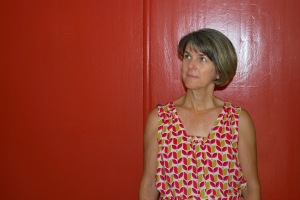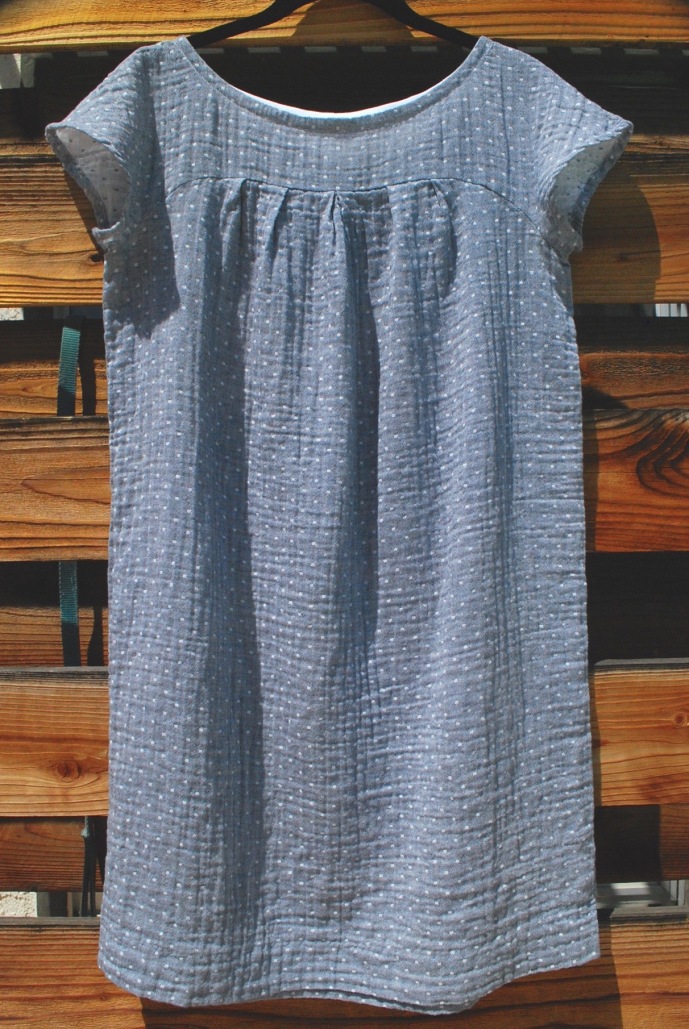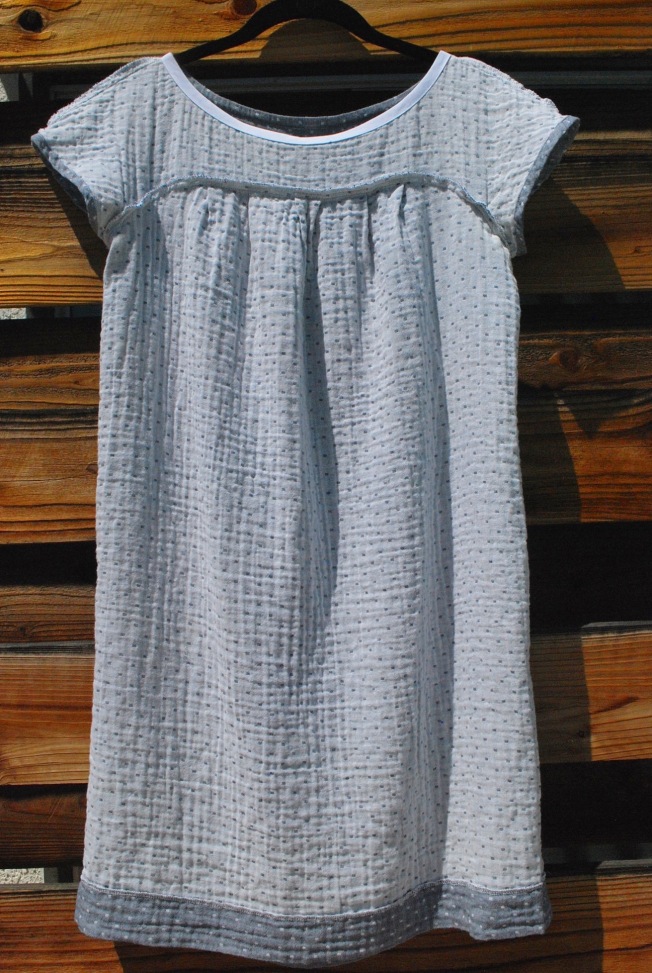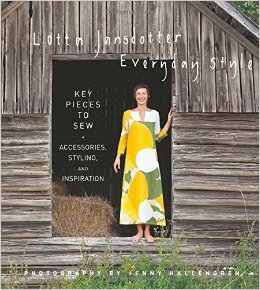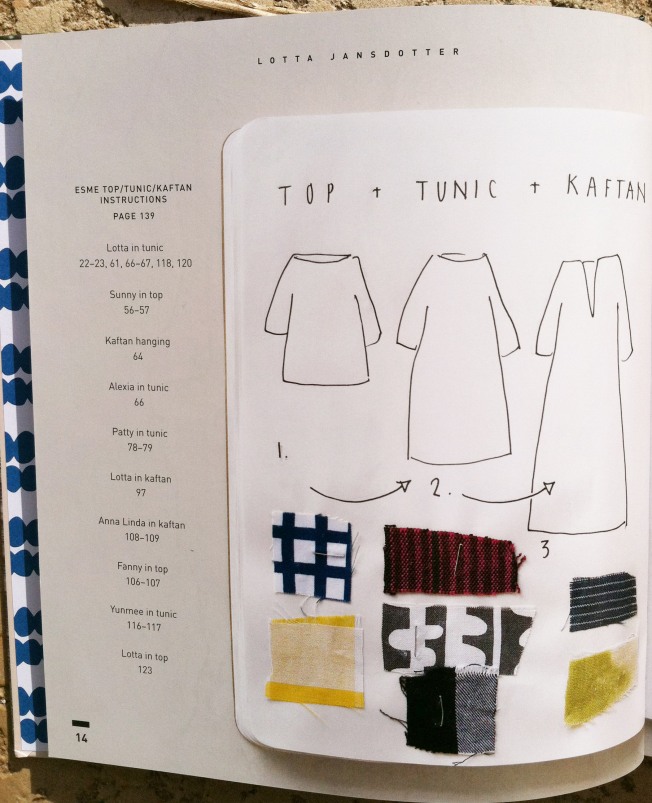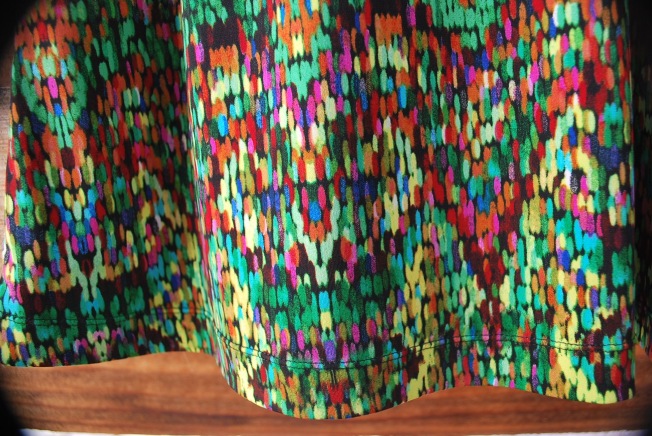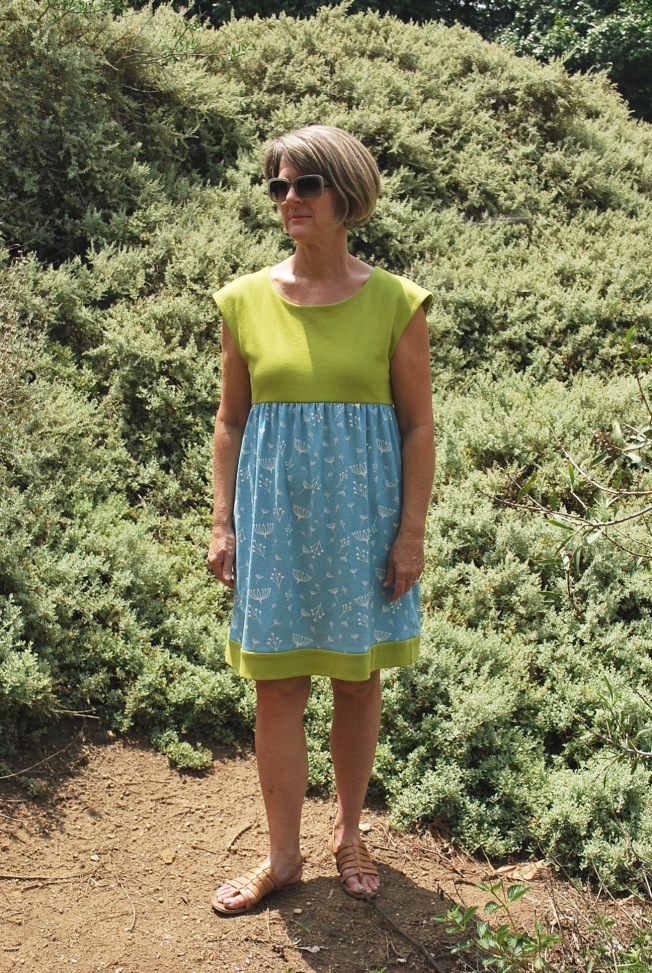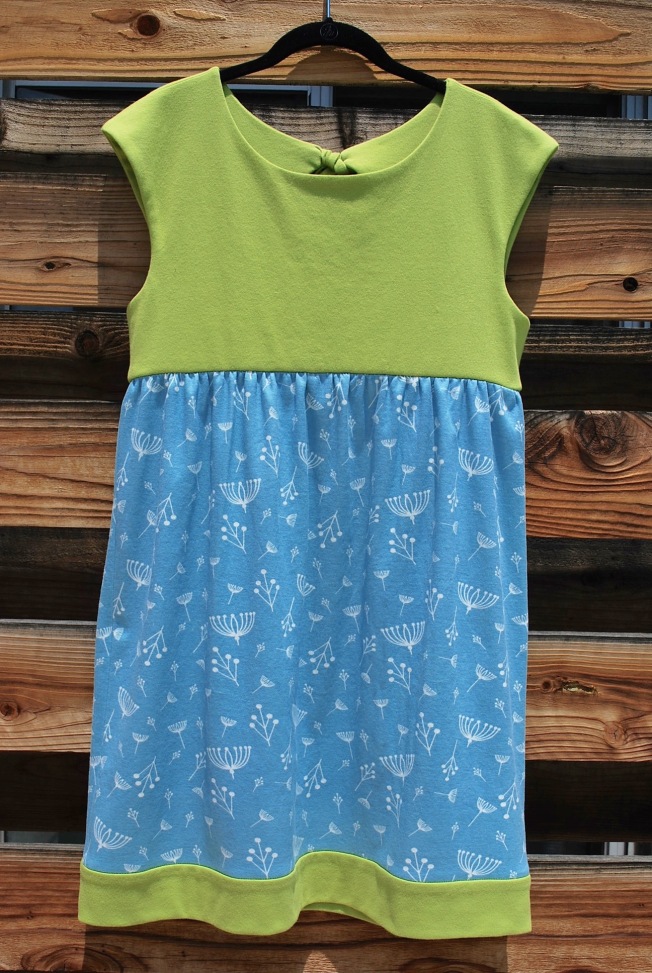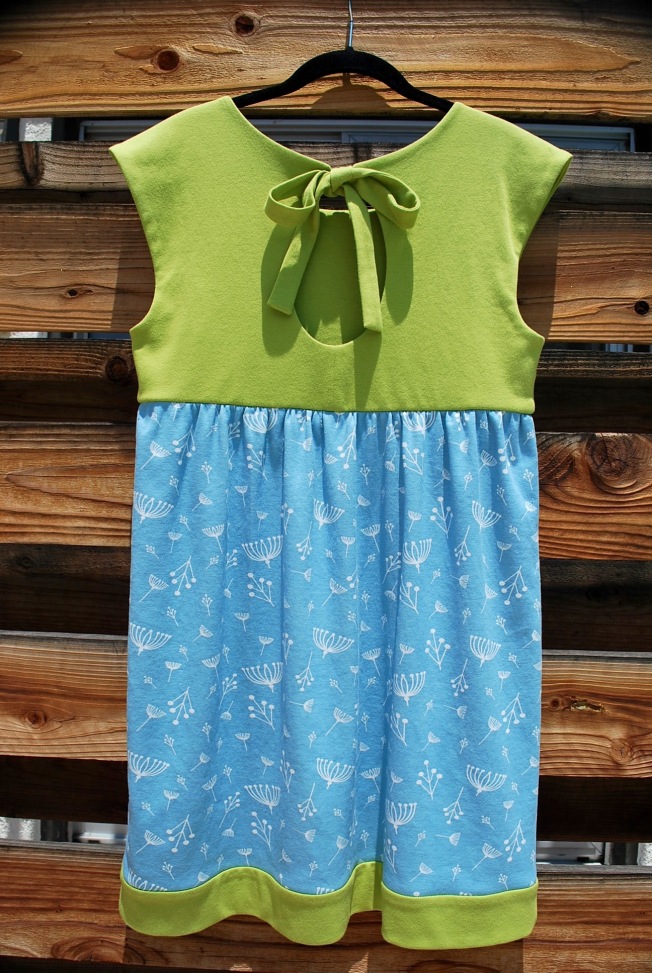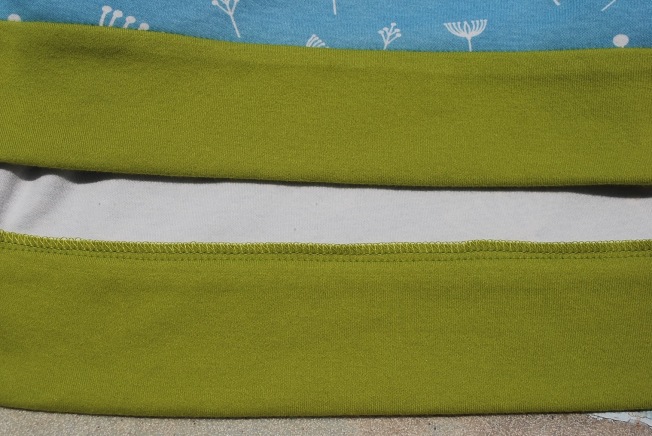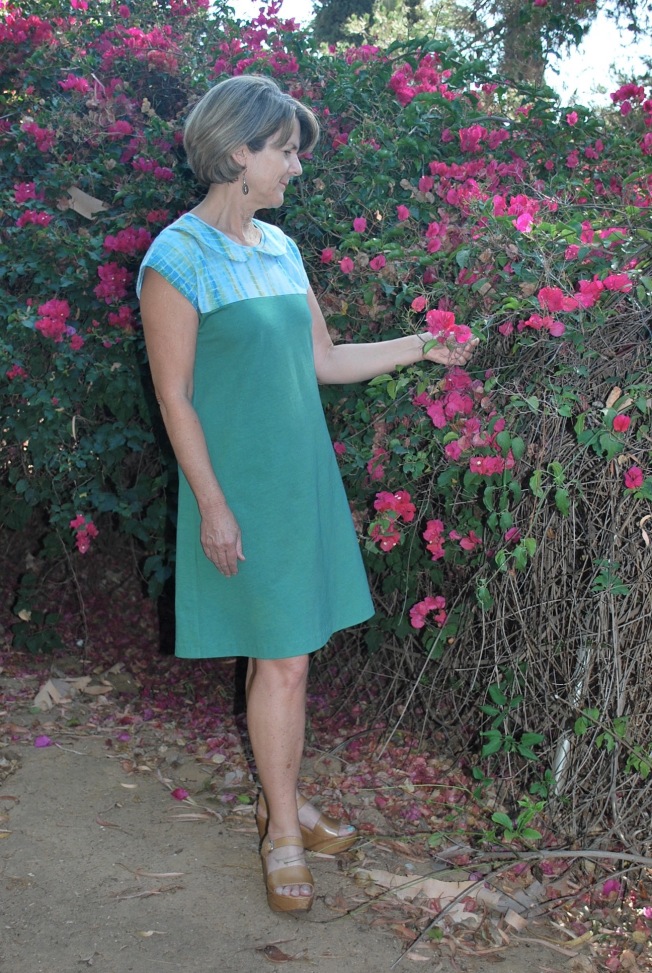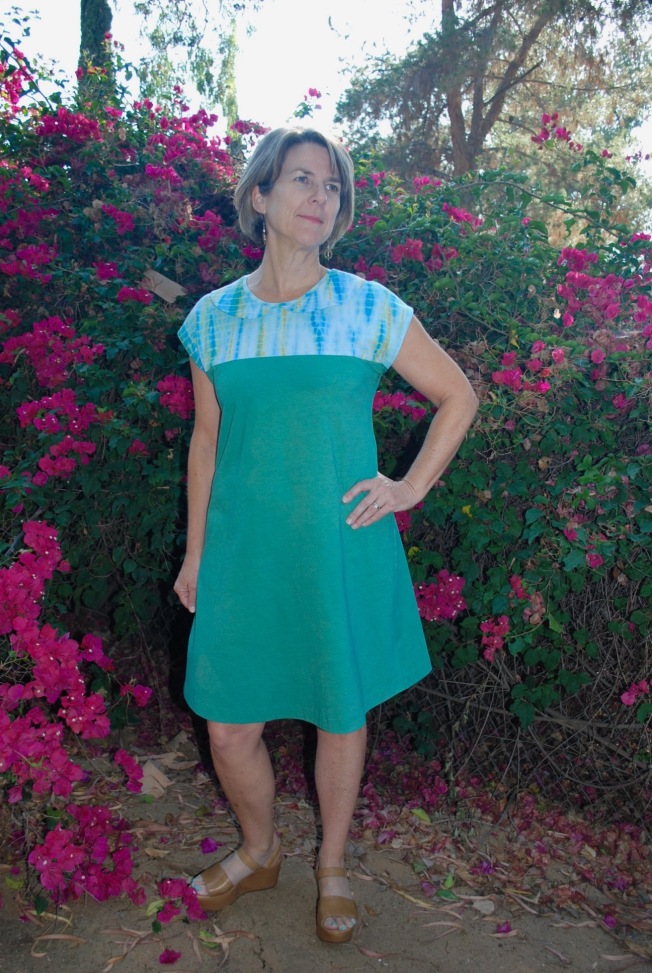I feel like Linnet Dress no. 77 is an awesome secret I’m sharing with you! I stumbled upon this dress on Pinterest and have never seen any posts about it from the online sewing community anywhere on social media. And it’s stylishly adorable!
Before I share the dress, let me digress for a moment. This is my first blog post in over five months. I have been suffering from bloggers block. For those of you that know I had a bout with breast cancer last year, let me assure you I’m doing great. My last several posts featured “reconstruction” clothes. Since my last post in September, I have sewn at least fifteen projects, mostly tops and tunics for the seasons of fall and winter. I’ve had many successes and a few failures. Lots of stuff worth sharing. But I kept finding myself so anxious to start the next project, I didn’t want to take the time to do a blog post on something I just completed. Creating lots of new clothes was part of my renewal and recovery. Additionally, I’ve been asking myself for quite some time why I blog, other than to show off my sewing skills. My “reconstruction” theme gave me a temporary purpose, but I would like to move on now. So I’ve been feeling a little lost and am looking for a way to get back my blogging mojo. I figure if I can get this post out on this fantastic dress that deserves attention, maybe I’ll be revived.


When I found Linnet Dress no. 77 on Pinterest, I was immediately taken by it as well as several other patterns by this Japanese company. The pattern came quickly from Japan via an Etsy site. I can’t remember how much I paid for it but I remember thinking it was pretty reasonable. No more than an indie pattern in the U.S..

This is the cover sheet of the pattern that comes in a clear plastic envelope.
The pattern is printed on a substantial weight paper, and people who are more patient than me would probably trace off their size instead of cutting it up like I did. You need to add your own seam allowances.
The fabric I used is Geishas and Ginkgos Circles Cotton Mystique by Andover Fabrics. I purchased the fabric from Harts Fabric online store for $12.99 per yard. The dress requires about 3 yards. I love this fabric. It’s a two tone chambray printed with the circles.

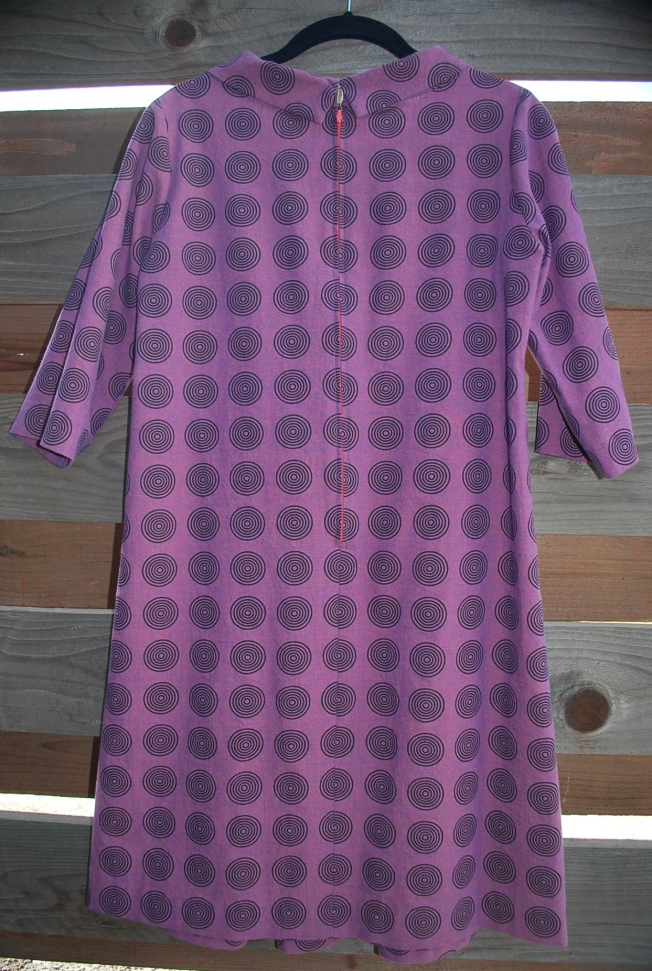
The instructions showed an invisible zipper. I choose to do a regular one in a contrasting color, just for fun.

The collar is cut on the bias and folded down.

Half way up the collar back is a button with a thread loop button hole.

Inside sneak peek.

I used a machine blind hem for the sleeves and bottom.
LET’S BE HONEST:
1. The pattern comes in size Small to Extra Large. I cut a size Small and it fit perfect. I don’t remember why I chose a Small. I can’t find a size chart anywhere. It must have been on the thrown-away scraps from the pattern sheet. I usually cut a Medium in Japanese patterns.
2. You do have to add your own seam allowances. I added 5/8″ because that’s what I’m used to.
3. The pattern accommodates different cup sizes by giving a suggested range of 6 cm to 10 cm for the length that the front pleat is stitched closed from the neckline. The length of mine is 9 cm, and I can easily see how a larger bust can be accommodated with a shorter pleat.
4. I made no adjustments in this pattern. It’s one of those patterns that from the first try-on, you know it’s a great pattern with a flattering fit.
Thanks for taking the time to read my post! Cheers! Lori






















